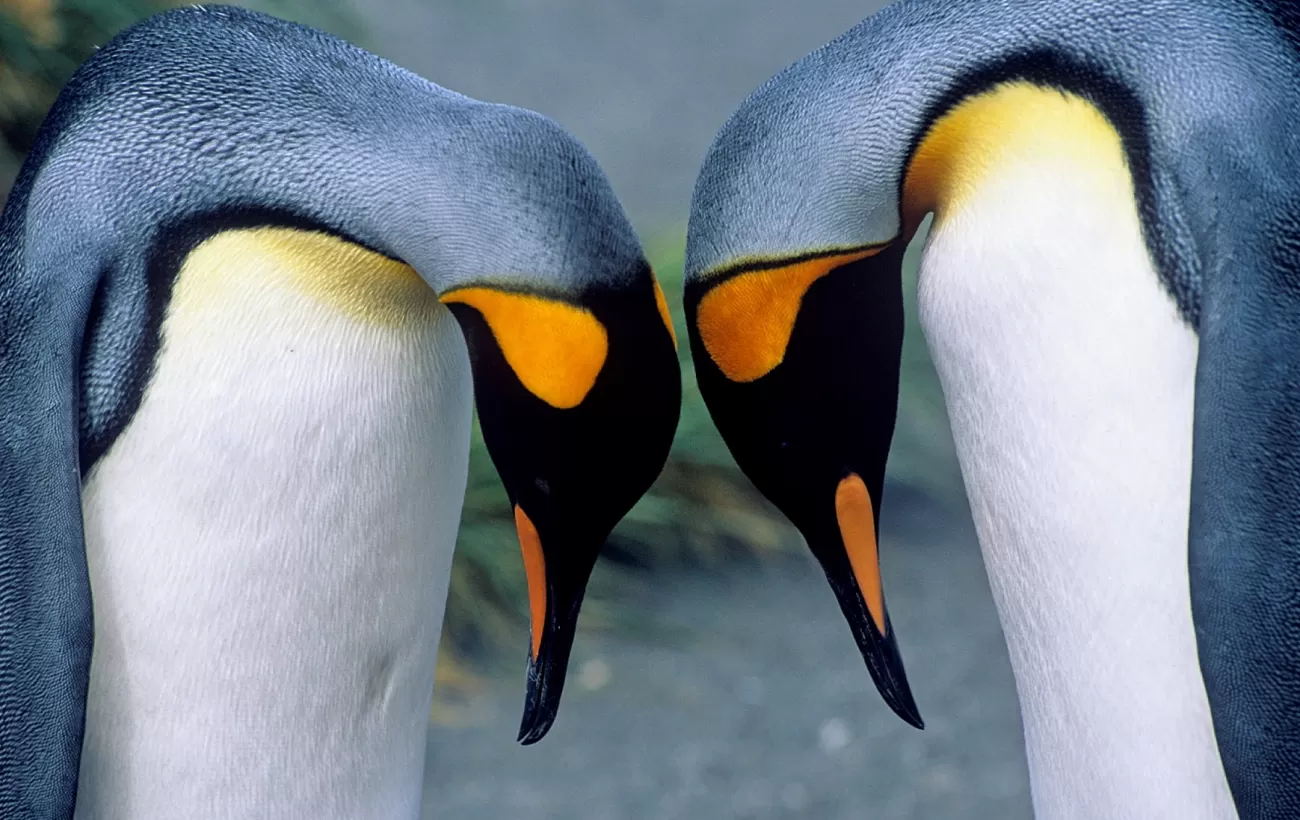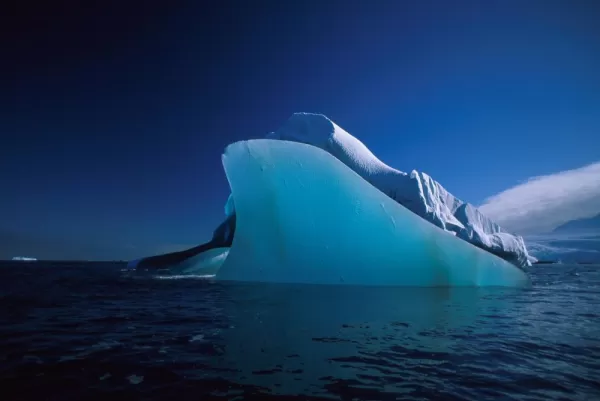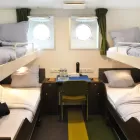Sail into the Weddell Sea via the Antarctic Sound. Here huge tabular icebergs herald your arrival to the eastern side of the Antarctic Peninsula. During this part of the cruise, the search is on for emperor penguins. Using both the vessel and helicopters, there’s a good chance you find them. You might also enjoy scenic flights, and if conditions allow, helicopter landings in locations otherwise out of reach this time of year.
Helicopter flights are a true trip changer, and may include:
The west slopes of the Antarctic Sound – The western side of this area is only rarely seen from the air, though the landscape is truly worth the flight: Layered sandstones, lava flows, glaciers, icebergs, and pack-ice extend as far as the eye can see. There are often individual emperor penguins and Adélie penguins on the ice floes, as well as kelp gulls, skuas, and various breeds of petrel. Jagged mountain peaks stab through the snow, and enormous walls of ice lie shattered on the slopes below.
Duse Bay – A soaring helicopter flight may deposit you on a rocky hillock close to an old refuge hut overlooking this bay. There’s still a lot of snow and ice this time of year, but much of the walk in this location is over frost-shattered rock covered with lichen of all shapes and colors.
Seymour Island – This is where the Swedish Antarctic Expedition of 1901 – 4 wintered under harrowing polar conditions. Sedimentary rock, fossils, and expansive views define this location.
If conditions allow for deeper ventures into the Weddell Sea, Zodiac trips may include:
Devil Island – Home to a large colony of Adélie penguins, this island offers a magnificent vantage point for hikers willing to foot it to the top of the hill. Melting ice sometimes forms a waterfall dropping from the cliffs close to Cape Well-met.
Brown Bluff – Maybe the most scenic location in the entire northern tip of the Antarctic Continent: sheer canyon walls, fallen boulders, beautiful volcanic creations capped with ice. A large Adelie penguin rookery lives here, with gentoo penguins and nesting snow petrels also to be found.
Gourdin Island – Chinstrap, gentoo, and Adelie penguins love this island, which is yet another landing option for your continuing Antarctic adventure.
Esperanza Base – This Argentine research station, which operates year-round and is one of only two civilian settlements in Antarctica, could serve as an alternative landing site.
Day 5 - 6: (Alternate program if the route to Snow Hill Island is free of multi-year pack ice – less than 50 % probability)
Helicopters provide an advantage in reaching the emperor penguin colony, but our ability to use them depends entirely on ice, sea, and weather conditions.
If conditions are favorable, you visit the colony. If conditions are exceptionally favorable, you can attempt to visit more than once. Helicopter operations take a full day, and flight duration depends on local conditions.
Each helicopter can accommodate 4 – 5 passengers per flight. The landing site is carefully chosen so that the penguins are not disturbed.
Upon arrival at the site, you walk to the colony. This may take up to 45 minutes and can be challenging in places. Please keep in mind that you are in the world’s most remote region, so there are no guarantees: conditions may change rapidly, which can impact helicopter operations. It is important to understand and respect this fact. Safety is the greatest concern, so no compromises can be made.
Spend an equal amount of time at the colony. The time at the colony (and the time to get there from landing site) often vary, however, due to local conditions and flight times.






















